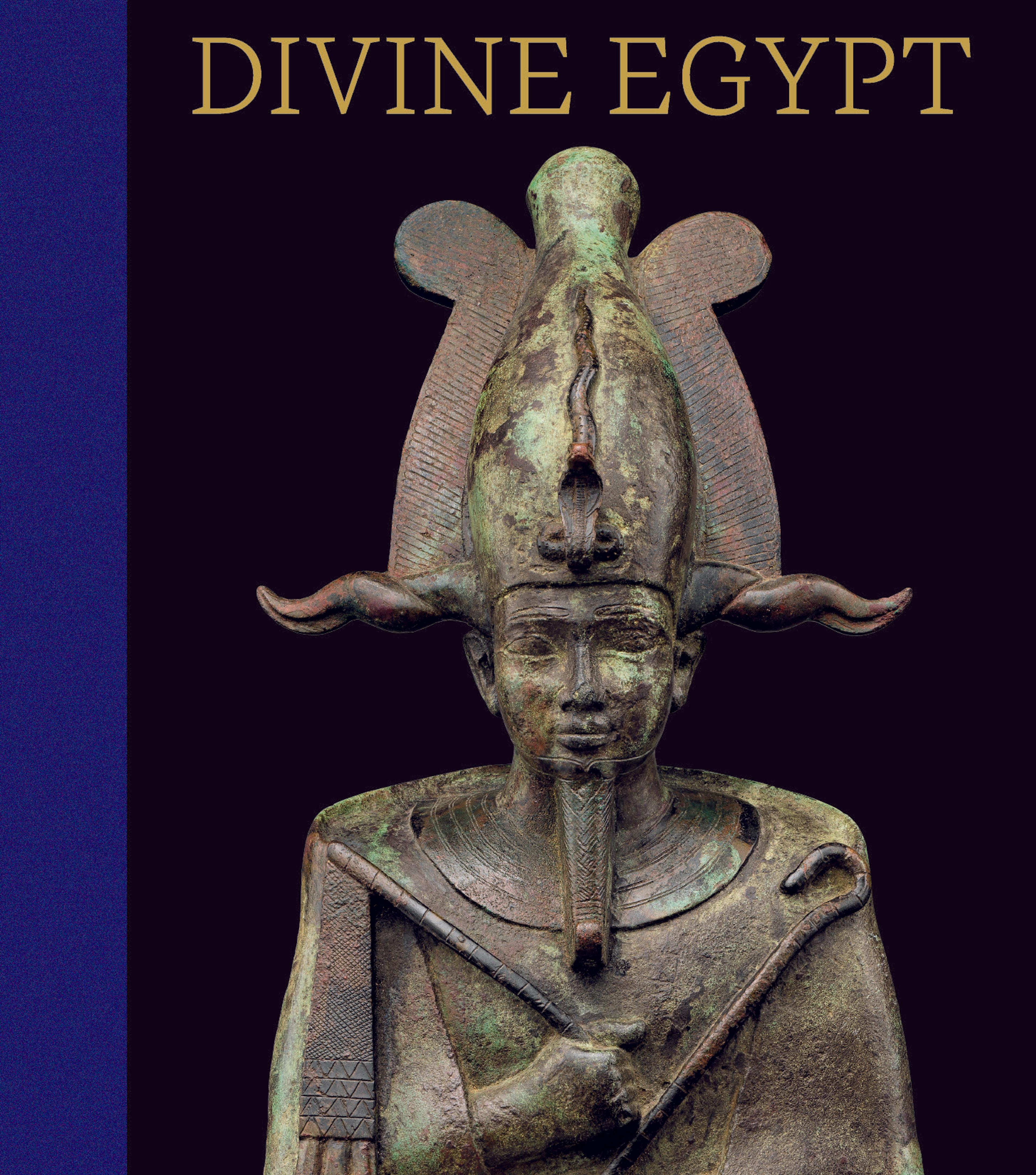Statuette of a canid-headed god, probably Anubis
Among the several canid-headed gods that existed, Anubis was the most prominent and is likely the deity represented in this exquisitely carved and painted statuette. The god stands atop a pedestal decorated with a niched façade. His elaborate tunic has a feather pattern and is overlapped by a hip drape. The drape is painted with stripes of two different shades of green that create an impression of different depths. While one might want to see these stripes as a depiction of pleated linen, an almost identical statuette in the Roemer- und Pelizaeus-Museum, Hildesheim (1582), clearly shows them as long, layered feathers. The parallel piece in Hildesheim must have been produced in the same workshop.
Artwork Details
- Title: Statuette of a canid-headed god, probably Anubis
- Period: Ptolemaic Period
- Date: 332–30 BCE
- Geography: From Egypt
- Medium: Plastered and painted wood
- Dimensions: H. 42.3 × W. 10.1 × D. 20.7 cm 16 5/8 × 4 × 8 1/8 in.)
- Credit Line: Gift of Mrs. Myron C. Taylor, 1938
- Object Number: 38.5
- Curatorial Department: Egyptian Art
More Artwork
Research Resources
The Met provides unparalleled resources for research and welcomes an international community of students and scholars. The Met's Open Access API is where creators and researchers can connect to the The Met collection. Open Access data and public domain images are available for unrestricted commercial and noncommercial use without permission or fee.
To request images under copyright and other restrictions, please use this Image Request form.
Feedback
We continue to research and examine historical and cultural context for objects in The Met collection. If you have comments or questions about this object record, please contact us using the form below. The Museum looks forward to receiving your comments.
